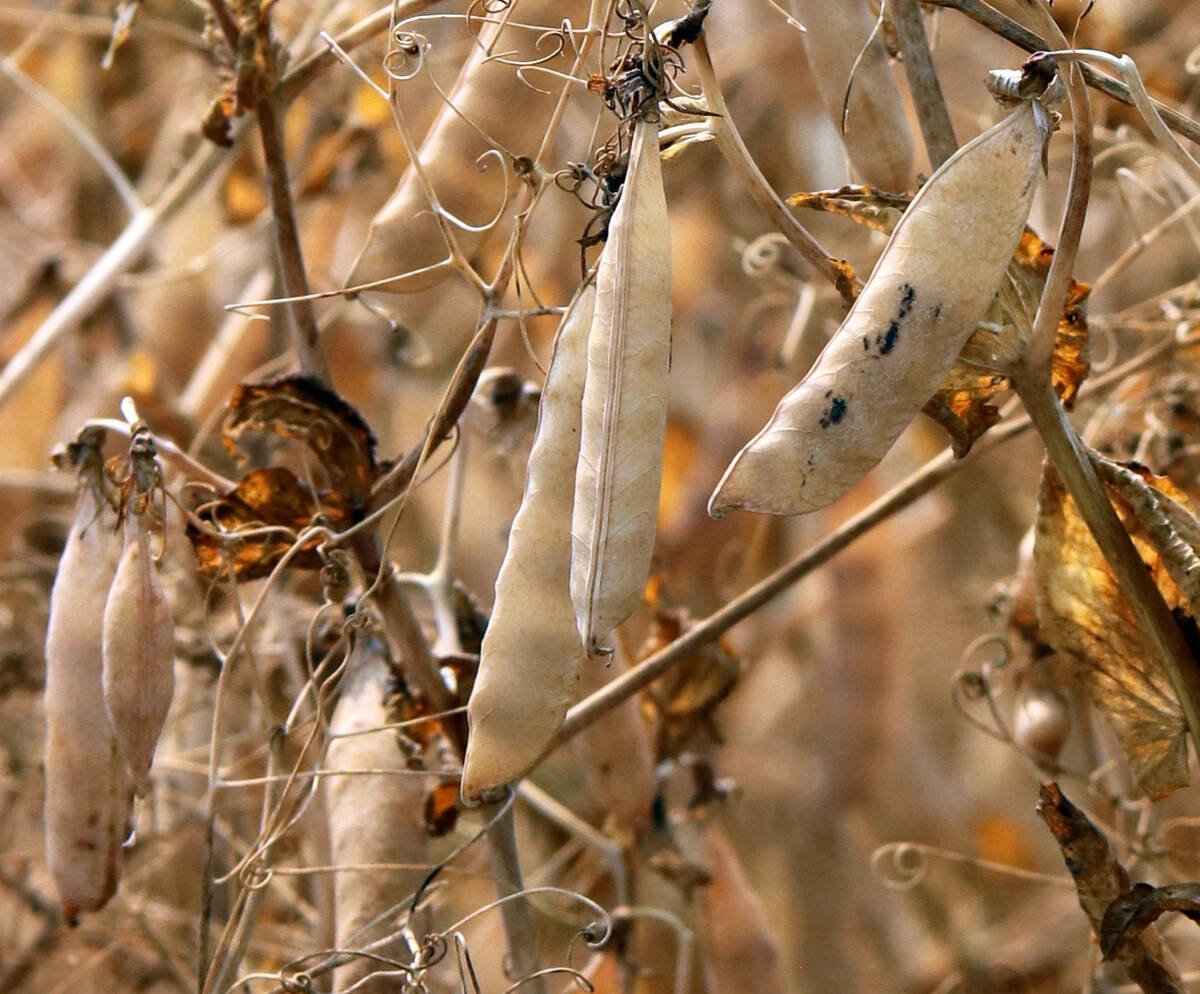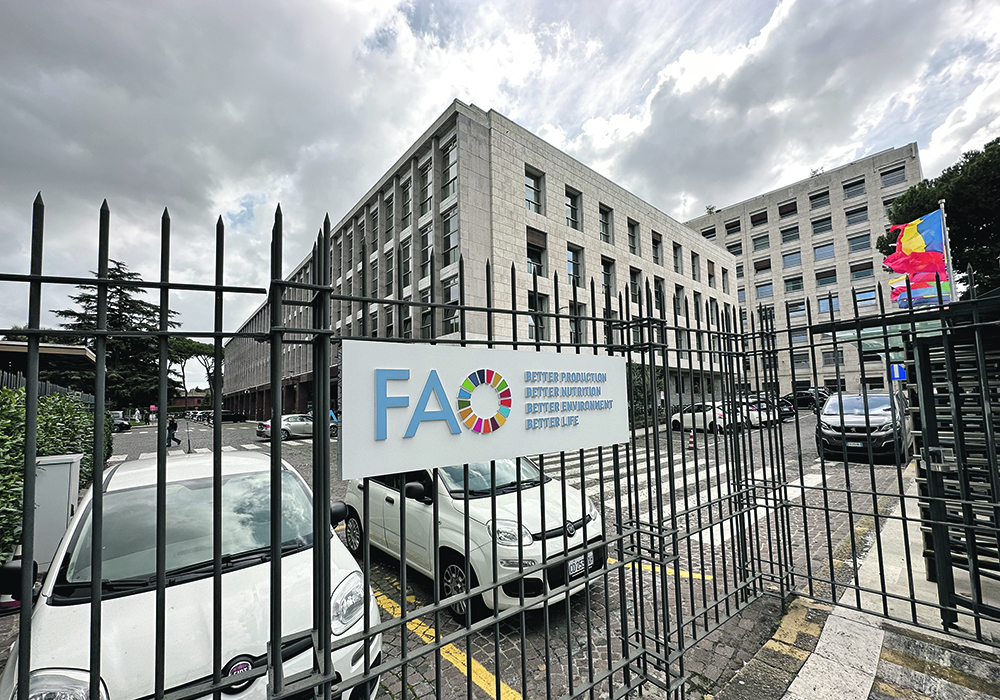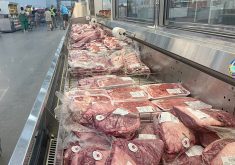The drop is driven by declines in sugar, cereals, vegetable oils and meat, but dairy bucked the downward trend in prices
LONDON, U.K. (Reuters) — The United Nations food agency’s world price index fell in October to its lowest level in more than two years, driven by declines in sugar, cereals, vegetable oils and meat.
The Food and Agriculture Organization’s price index, which tracks the most globally traded food commodities, averaged 120.6 points in October, down from 121.3 for the previous month, the agency said in a Nov. 3 report.
The October reading was the lowest since March 2021.
The FAO Cereal Price Index averaged 125.0 points, down 1.3 points from September.
Read Also

Trump’s tariffs take their toll on U.S. producers
U.S. farmers say Trump’s tariffs have been devastating for growers in that country.
“International wheat prices fell by 1.9 percent in October, reflecting generally higher-than-earlier-anticipated supplies in the United States of America and strong competition among exporters,” the FAO said.
Dairy bucked the downward trend in prices with the FAO index rising 2.4 points to 111.3 points following nine months of consecutive declines.
“World milk powder prices increased the most, principally driven by surges in import demand…especially from Northeast Asia,” the FAO said.
In a separate report on cereal supply and demand, the FAO maintained its forecast for world cereal production this year at 2.819 billion tonnes, up 0.9 percent from the previous year.
“Turning to 2024, winter wheat plantings are underway across the Northern Hemisphere and area growth is expected to be limited, reflecting softer crop prices this year,” the FAO said.
Its report said that in Ukraine, the continuing effects of the war with Russia, including constrained access to fields and low farmgate prices, along with less-than-ideal weather, are seen leading to a reduction in the wheat area.
The FAO also said sowing of the 2024 coarse grain crops was underway in the southern hemisphere.
“In Brazil, early indications point to a pullback in maize plantings of around five percent, as cost-price ratios are favouring soybeans,” the report said.















